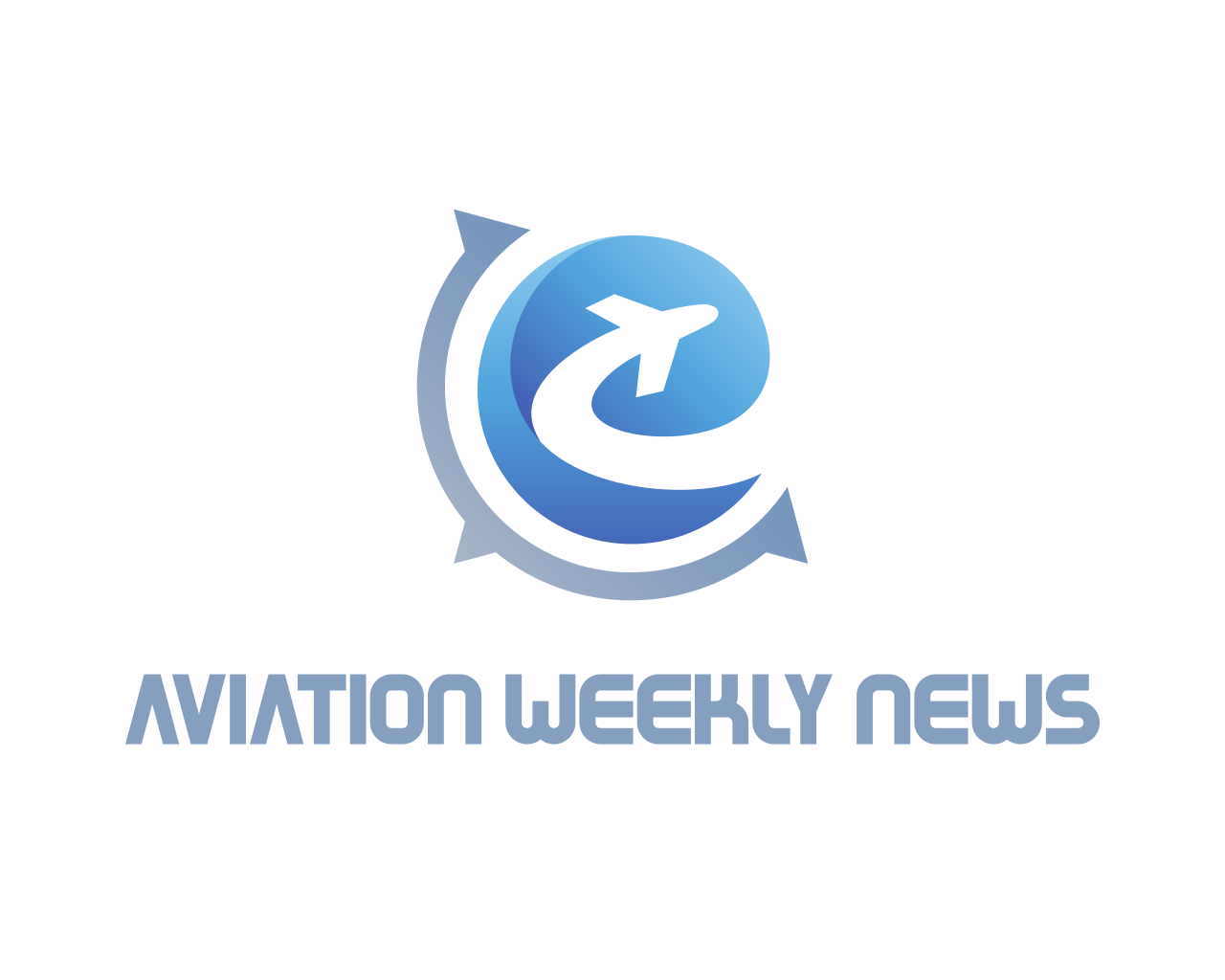The U.S. is facing its worst pilot shortage ever forcing airlines to cut flights and growth plans
The U.S. is facing its worst pilot shortage ever, forcing airlines to cut flights for a summer travel season that is expected to surpass 2019 levels.
This has airlines scrambling for solutions, Republic airways a regional airline recently requested an exemption to the 1,500-hour rule, it wants to hire pilots with only 750 hours. Lawmakers are also considering raising the mandated retirement age for airline pilots from 65 to 67 or even higher to ease the shortage, about a third of airline pilots in the U.S. are between the ages of 51 and 59. The 1,500 hour rule came to be in 2009 after the FAA increased the minimum number of flight hours needed to gain a Airline Transport Pilot License (ATPL) from 250 to 1,500 as a result of the findings from the investigation of Continental Connection Flight 3407 (operating as Colgan Air Flight 3407).
This has caused the training process for pilots to be much more time consuming and expensive with, because of this many airlines such as United have started their own flight schools where they will help pilots reach the 1,500-hour mark with the promise of working for them when they reach the threshold. Airlines in the U.S. have also dropped a four-year degree from their pilot hiring requirements, many are also looking overseas, Frontier Airlines and SkyWest have recently started recruiting pilots form Australia under a special visa to help ease the shortage. Others such as American Airlines have replaced some of their shorter routes with a bus service.
United CEO Scott Kirby said on the airline’s Q1 earnings call: “The pilot shortage for the industry is real, and most airlines are simply not going to be able to realize their capacity plans because there simply aren’t enough pilots, at least not for the next five-plus years,”
United has said that they have approximately 150 aircraft grounded because of the shortage.
A lot of the current situation can be attributed to the COVID-19 pandemic, airlines halted pilot hiring and handed out early retirement packages to thousands of pilots that were well below the 65-year mandated retirement age in an attempt to cut expenses during the depths of the pandemic crisis.
Airlines in the U.S. are looking at hiring more than 12,000 pilots combined this year, more than double the previous record in annual hiring.
The shortage while affecting the large carriers such as United, American and Delta has much bigger effects at the regional airlines. Some larger carriers such as American have started their own regional carriers in a bid to cut costs and hire more pilots, Envoy a regional carrier wholly-owned by American Airlines has started programs where pilots can go on to work for American Airlines after they’ve reached a certain number of hours or the airline recruits them, however this number of hours has been going down over the last few years as the airline recruits them sooner; this has left envoy without pilots and it’s not the only regional airline in this situation, Republic Airways has recently requested an exemption to the 1,500 hour rule, it wants to hire pilots with only 750 hours. Their rational behind this is in an exception that is already allowed for former military pilots wanting to transition to a career commercial aviation, these pilots are allowed to start flying commercial aircraft under a restricted airlines transport certificate (R-ATP) after reaching 750 hours of flying, the reason behind this is the rigorous nature of the training they underwent during their time in the military.
Mesa airlines has said it takes them an estimated 120 days to replace a pilot who gives two weeks’ notice to go to another airlines.
Mesa Airlines CEO Jonathan Ornstein said: “We never fathomed attrition levels like this, if we don’t fly our airplanes, we lose money. You saw our quarterly numbers. We could use 200 pilots right now.”
The shortage has also forced airlines to rethink their growth plans, JetBlue and Alaska Airlines have both cut capacity, SkyWest said it planned to cut 29 smaller cities that the government subsidizes through the Essential Air Service. These service reductions are most likely to hit the less dense routes in the U.S. which most often means the smaller cities, this could leave many towns and communities isolated with much fewer flights than before.

